Who was the winner of Christmas 2012? With the exception of Morrisons, the mults were falling over themselves this week to grab the glory.
So which supermarket actually came out top? In reality, there’s no black and white answer, and the picture painted by retailers was selective.
Take Waitrose. It notched up like-for-likes of 5.4% between 18 December and 31 December, and 4.3% between 4 November and 24 December. However, according to Kantar Worldpanel’s latest four-week period (up to 23 December), sales growth slowed to 2.5%, versus 5.4% across 12 weeks.
Tesco’s like-for-likes of 1.8% in the six weeks to 5 January suggests a complete turnaround from its disastrous Christmas of 2011 when like-for-likes fell 1.3%. CEO Philip Clarke put the performance down to a “much stronger food performance than last year”, especially in Finest and Everyday Value.
But Sainsbury’s claims Tesco’s inclusion of sales from Clubcard vouchers was non-IFRIC compliant. “The real figure should be 1.4%,” said a member of Sainsbury’s investor relations team, adding that its own 0.9% like-for-like figure would have been 1.4% if it had used the same practice.
In the meantime analysts accused Sainsbury’s of inflating its like-for-like growth in a different way. Take store extensions out of the equation and the 0.9% figure falls to just 0.4%, and would be in negative territory if its online and convenience arms were excluded too. But as Sainsbury’s CEO Justin King points out, it was the only retailer to report Q3 in its entirety and was up against tough comparatives of 2.1% the year before. “Everyone else is just reporting the best bit of the quarter. Consumers battened down the hatches in October and November then splashed out in December,” he says.
Sainsbury’s commercial director Mike Coupe adds: “You can keep taking things away and eventually you’ll end up with anything you like, but we have made investments in online and convenience, so why rule those out? That is why we are growing market share in a challenging retail environment.”
Although Sainsbury’s was the only big four supermarket to increase its market share over Kantar’s latest 12-week period - from 17% to 17.1% - in the four weeks to 23 December, Sainsbury’s is knocked off the top spot by Tesco, which leads the big four with growth of 4.2% - a big improvement on 2.9% for the 12-week period. It also gained share - up from 30.1% to 30.2%.
But whatever way you spin the numbers, it wasn’t a top five supermarket chain that won Christmas. It’s Aldi and Lidl. In the 12 weeks they chalked up growth of 30.1% and 10.8% respectively, and growth of 32.4% and 12.3% in the four weeks. Aldi’s market share also hit an all-time high of 3.2%.
“Historically, the discounter sector has seen its share dip at Christmas, but Aldi’s share shows this is no longer the case,” says Kantar Worldpanel director Edward Garner. “Offering premium products at budget prices has paid off for the discount retailers.”
A leading grocery retail chief executive agrees: “The discounters were buzzing. A cheapo, last-minute Christmas was had by all, with a lot of people out on Friday and Saturday. But the Aldi/Lidl Christmas ranges were really good.”
Sign in to comment on this article
Not logged in before? Register for FREE guest access today.
You will be able to:
- Read more stories
- Receive daily newsletters
- Comment on stories
Advert



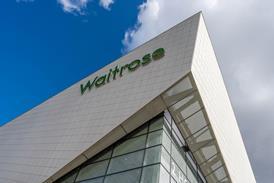
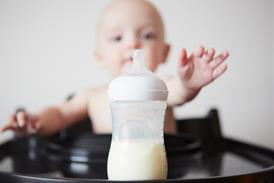



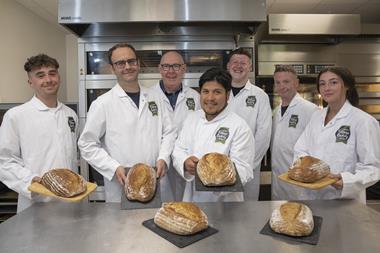
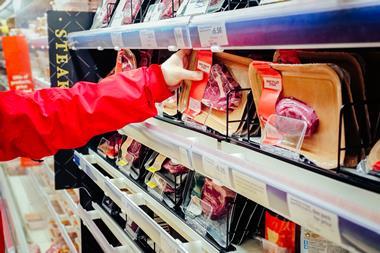


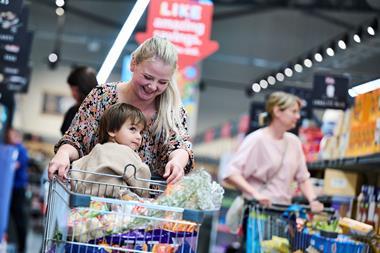


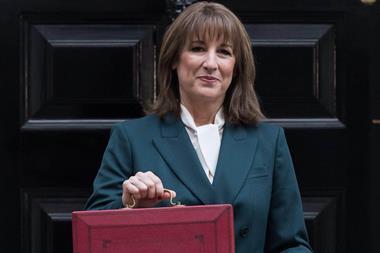
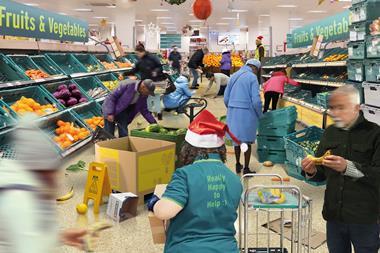
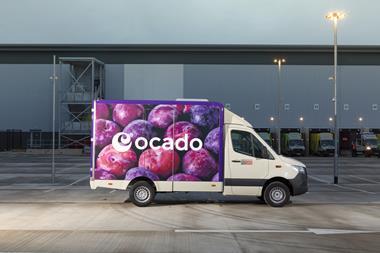

No comments yet